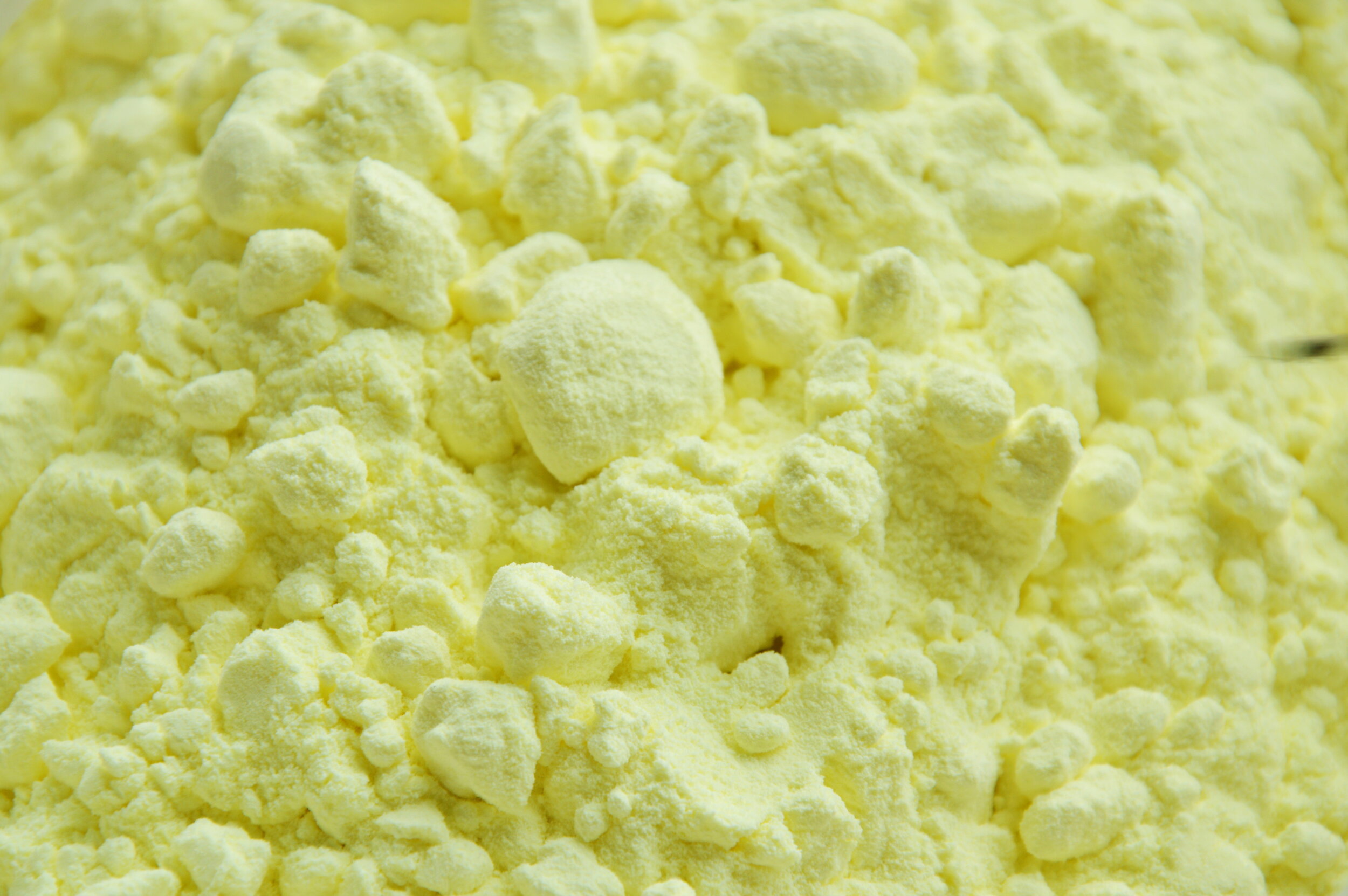“Reiki” (ray-key) is Japanese for ‘universal life energy. It is also a word used to describe a system of natural healing; this tradition was founded by Mikao Usui in the early 20th century and evolved due to his research, experience, and dedication.
We live in a world of energy that nourishes and maintains all living things. When this energy flows uninterrupted, there is balance and harmony within and around us, and we experience a sense of well being.
There are many variations of Reiki, but in essence, Reiki treatments can help the body emotionally or spiritually. It is a tradition that is open to any belief system.” - Reiki Association
We are all born with the innate ability to channel energy from our well of power or through other channeled means. Everything we have in this life, in the physical world, came from the realm of energy first, and then through physical action and matter, it can be realized in the physical world. The act of channeling energy for healing, wellbeing, and growth is accessible to EVERYONE, not just through reiki or a reiki practitioner administrating a treatment.
Here are a few benefits of both energy work and reiki:
-A noticeable shift in how you feel in your body and see the world
-Removal of subconscious blocks
-Release emotional trauma associated with past experiences
-Heal generational/ancestor trauma regarding patterns and programs of family structures
-Clear energetic ties to negative energies and experiences that are not for your highest good
-Increased clarity and becoming more of an observer of your emotions and situations that can be triggering and be less reactive
-Reprogramming of core beliefs and continuously raising your vibration
-Renewed enthusiasm for life, a profound awakening, and new energy as a result of the transformation
I've been receiving various types of energy work since I was fifteen years old - it's been twenty-three years of constant work without ever skipping a beat; this work is a lifestyle for me.
The benefits are never-ending!
In Wellness,
Chanté Robinson










